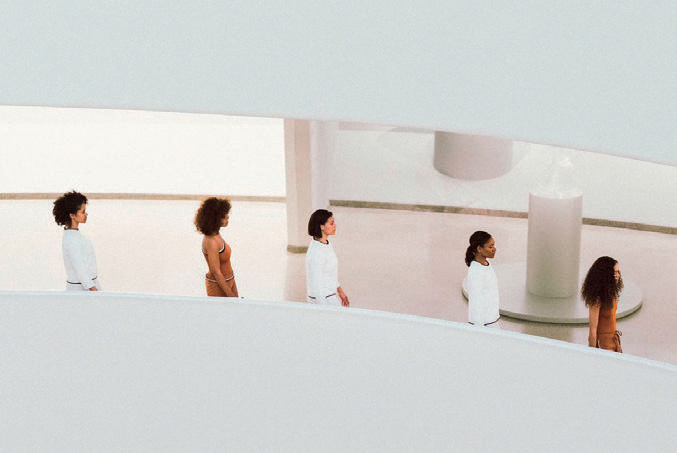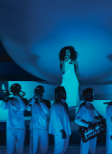The singer-songwriter, visual artist and activist is a heroine for our times.



I remember when I first noticed Solange Knowles in 2011, with her fearless style and flawless Afro. After stalking her and her outfits, I realised she didn’t just happen to share a surname with Beyoncé, she shared her DNA. I thought, “A singer-songwriter whose big sister is Beyoncé? Wow. No pressure.” It makes sense then, that her music at the time was decidedly different from her sister’s. An experimental blend of pop, funk, Motown, R&B, it was music on her own terms, which saw her garner acclaim from critics, but remain largely outside the mainstream.
But oh, how things have changed. With her 2016 album A Seat at the Table (ASATT), the world has finally come to see Solange for Solange; not as Beyoncé’s sister, not as Jay-Z’s sister-in-law, but as an artist and advocate recognised as Harvard Foundation’s Artist of the Year, a recipient of Billboard’s Impact Award and more.
ASATT took three years to make: It’s a tour de force that saw her write all the lyrics, co-produce all the tracks, and make the accompanying videos together with her husband, Alan Ferguson. Tackling issues of race, politics and self-love, the album was a commercial and critical success, topping the Billboard 200 chart and winning Solange her first Grammy for Best R&B Performance for “Cranes in the Sky”. By releasing an album that is “a project on identity, empowerment, independence, grief, and healing,” her lyrics have resonated with a generation living in a world in flux—at a time when the demand for diversity has become a siren call, when hashtag activism has gone from online movement to changing the real world, and when we need truth tellers more than ever.
Speaking to her sister in Interview magazine, she said, “For this record specifically, it really started with wanting to unravel some truths and some untruths. There were things that had been weighing heavy on me for quite some time… the album really feels like storytelling for us all and our family and our lineage.” Interspersed with songs that deal with racial microaggressions (“Don’t Touch My Hair”) and cultural appropriation (“F.U.B.U”) are snippets from interviews she conducted with subjects including her mother and father, that touch on their experiences with racism and segregation. With its gentle, luscious vocals yet searing words, it acted as a window into what it means to be a person of colour in America, and the world.
Two years after ASATT, Solange is now advocating for equal representation on platforms beyond music. As a performance artist, she is taking over spaces and institutions that have traditionally excluded women and people of colour. Her project with the Guggenheim Museum, “An Ode To”, for example, was a visual extension of ASATT, where Solange, her band and dancers performed across the famed rotunda and atrium. After the show, she tweeted, “To my young fellow artist[s], especially women artist[s] of colo[u]r. Inclusion is cool... but will urealllly [sic] let us come into these spaces & CREATE” and “We aren’t thanking anyone for ‘allowing us’ into these spaces... until we are truly given the access to tear the got [sic] damn walls down.”
this album has done, the solace it has given them.” I’d say she has achieved that, and so much more.■






Her lyrics have resonated with a generation living in a world in flux.























